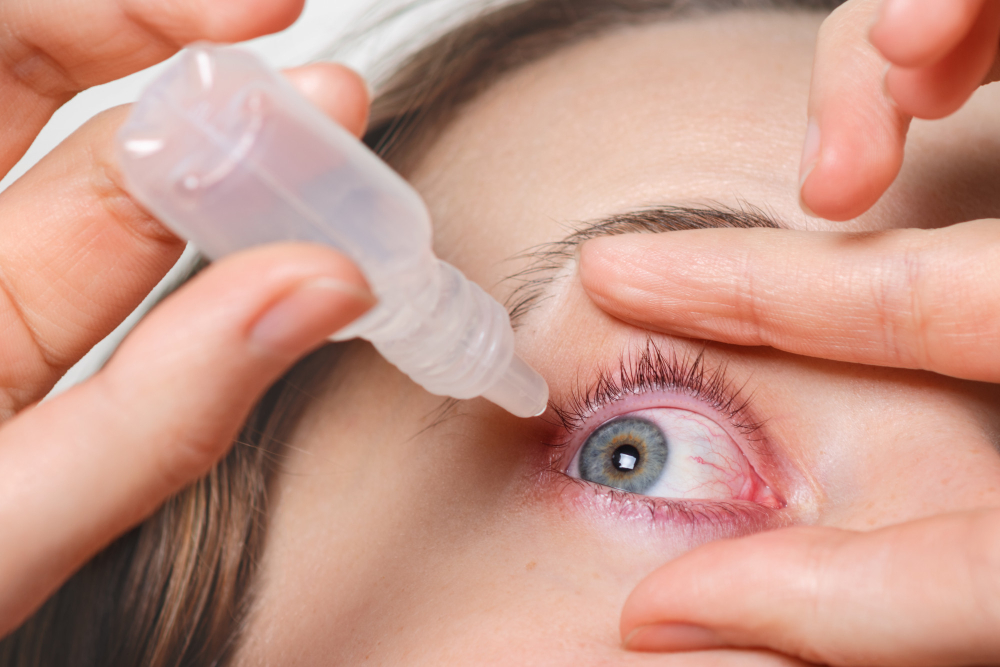What Are Corneal Abrasions?
Corneal abrasions are small scratches or injuries on the clear front surface of your eye, called the cornea. The cornea helps focus light so you can see clearly. Even though corneal abrasions are common, they can be painful and need quick care. Many people search for information about corneal abrasions, their causes, and how to treat them. Early treatment helps prevent infection and speeds up healing.
Common Causes of Corneal Abrasions
Corneal abrasions can happen to anyone. However, some activities and situations increase your risk. For example, you might scratch your cornea by:
Sometimes, dry eyes or certain medical conditions can also make your eyes more likely to get scratched. In addition, children and people who work outdoors may face higher risks.
Symptoms to Watch For
Corneal abrasions often cause sudden discomfort. You may notice symptoms right away. Common signs include:
However, if you notice any of these symptoms, seek medical help. Quick care can prevent infection and protect your vision.
How Corneal Abrasions Are Diagnosed
Eye doctors use simple tests to check for corneal abrasions. First, they will ask about your symptoms and how the injury happened. Next, they may use special eye drops that highlight scratches under a blue light. This test is safe and helps the doctor see even tiny abrasions. Sometimes, doctors use a microscope called a slit lamp for a closer look. These steps help confirm the diagnosis and rule out other eye problems.
Treatment Options and Recovery Tips
Treating corneal abrasions is important for fast healing. Most scratches heal within a few days. Your doctor may recommend:
While your eye heals, avoid rubbing it or wearing contact lenses. In addition, do not use over-the-counter redness drops unless your doctor says it is safe. Most people recover quickly with proper care. However, if pain or vision problems continue, return to your doctor right away.
Prevention Strategies and Lifestyle Guidance
Preventing corneal abrasions is possible with a few simple steps. For example, you can:
Additionally, teach children about eye safety. If you work in dusty or risky environments, always wear safety glasses. These habits help keep your eyes healthy and reduce your risk of injury.
Conclusion
Corneal abrasions can be painful, but with prompt care, most heal well. However, ignoring symptoms can lead to infection or long-term vision problems. It’s important to protect your eyes and seek help if you notice pain, redness, or vision changes.
Consult an eye specialist at Sanjivani Eye Hospital for personalized advice on corneal abrasions and to ensure proper care for your eye health.

